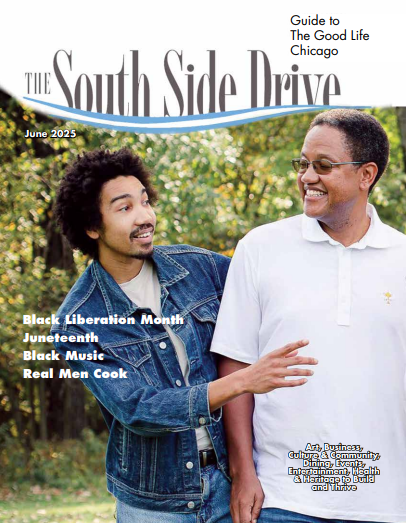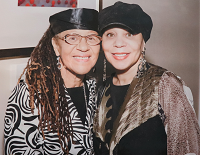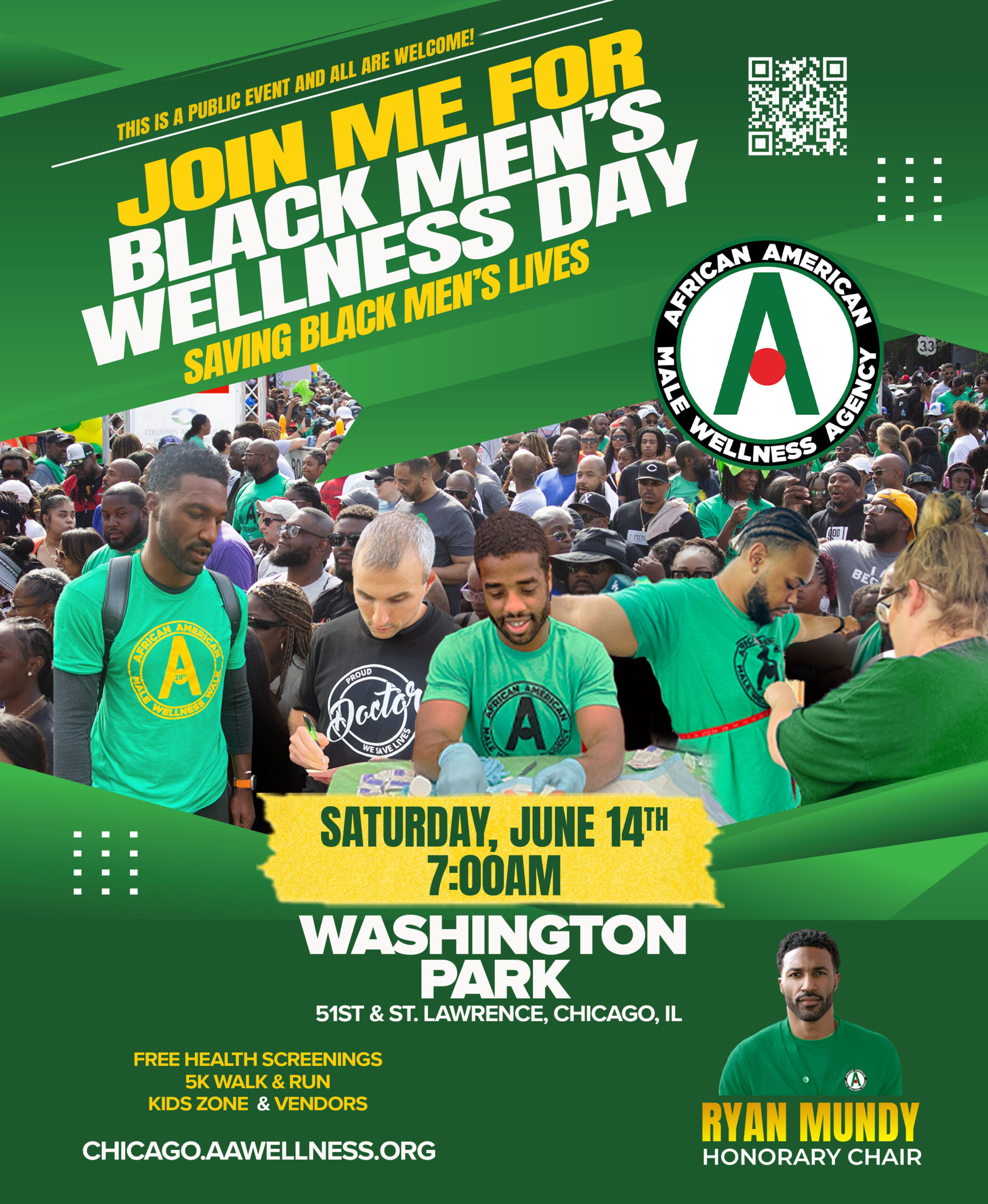When I asked Dr. Gloria Latimore Peace about her daughter, her response was, “the apple doesn’t fall far from the tree.” After talking to Debra Hand, I see exactly what she meant.
Debra Hand is the daughter of the renown Dr. Gloria Latimore Peace. But although she follows in the legacy of her mother, she is certainly not in any shadow. This multi-gifted, multi-talented artistic genius is incredibly awe inspiring on her own.
Debra’s work is in the collections of the Smithsonian Anacostia Museum, the DuSable Museum of Black History Culture, and the Peoria Riverfront Museum.
In 2012 she was commissioned by the City of Chicago and the Chicago Park District to create a life-sized bronze statue of the historic writer and poet, Paul Laurence Dunbar, for Dunbar Park at 300 East 31st Street in Chicago. The life-size statue was unveiled in 2018.
Debra Hand didn’t plan on being an artist. She was happily employed in a second tier Technical Support position. That meant if someone couldn’t fix a problem, they would call someone else, and if they couldn’t fix it, that’s when she got the call. She says she “stumbled” into art when she was helping her son with a school project. She tells us, “He had to paint something, so I bought watercolors, and was showing him how to make a tree. While he was working on his project I started painting, and I had such a wonderful experience creating that way.”
Then her son had to make a brain for a science project. She bought some clay, and that’s how she began sculpting.
Although she enjoyed sculpting and painting, she treated those gifts as a hobby rather than a vocation and was content to continue working in technology.
However, her mother felt that her work needed to be seen, and since Dr. Latimore Peace was friends with Dr. Margaret Burroughs, she invited Dr. Burroughs to their home to give an opinion of her daughter’s work.
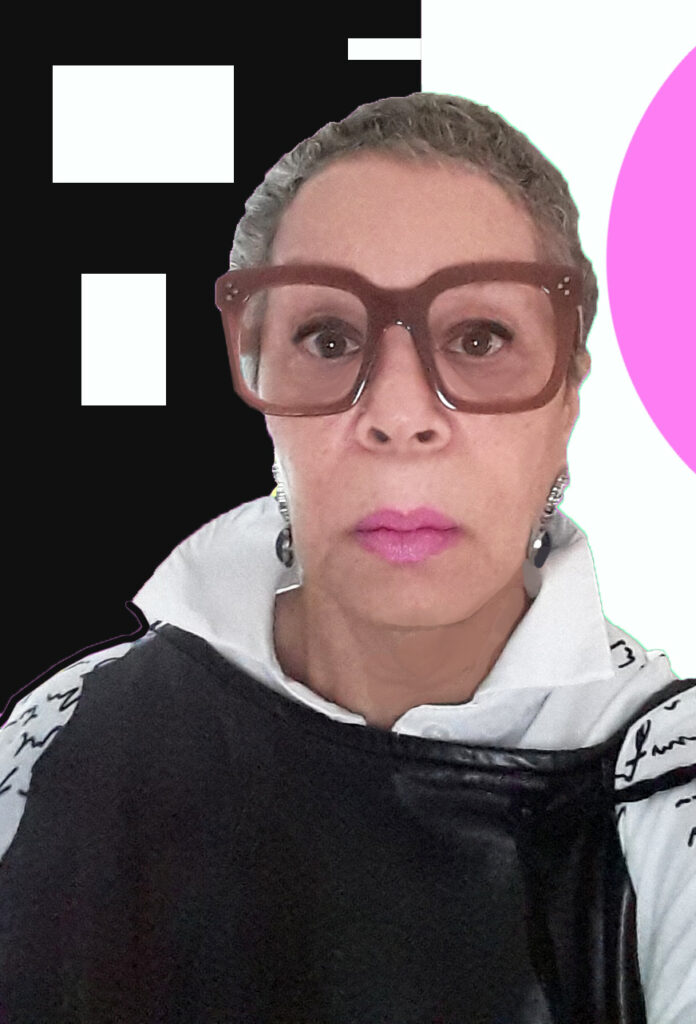
“Dr. Burroughs was kind,” Debra revealed. “She encouraged me, and even suggested having a show in the backyard and serving tea and cookies.” Although it was exciting to her that Dr. Burroughs was willing to take the time to help others see her work, she never took her up on it.
However, that encouraged her to take her art more seriously.
She created a sculpture and asked Dr. Burroughs to come and see it. Dr. Burroughs told her she wanted her to create a piece from her early life for the museum. “So, I worked on the piece,” she said, “and right around the time I was finishing the piece, the museum was doing a retrospective of Dr. Burrough’s life, and a part of it was a gala at the museum. Dr. Burroughs invited me, so I made sure to have the piece finished by then.” Debra brought the piece and took it to the gift shop, but Dr. Burroughs insisted that she take it to the auditorium and come to the stage to present it.
She reveals that in that same time period she was resigned from her job. “So, every day I was doing job searches, but meanwhile people were saying, “can I buy one of those things?” or “can I get one of these?” Eventually it dawned on her that she actually did have a job.
In fact, she had a waiting list for her sculptures, which continues to today.
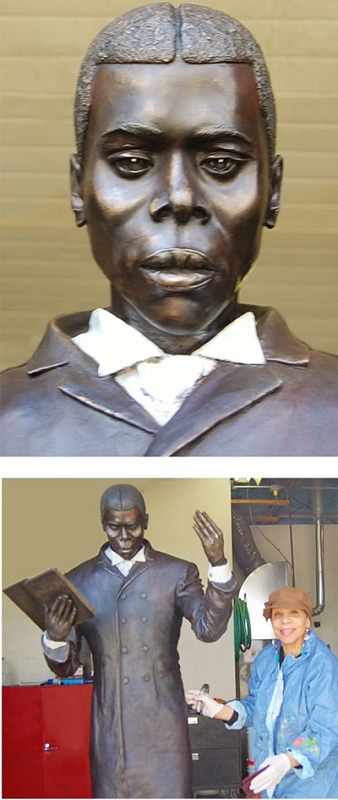
Among the many history makers who own her works are former President Barack Obama, former astronaut Mae Jemison; Oprah Winfrey, Smokey Robinson, Yo-Yo Mia; Magic Johnson; Hillary Clinton; Stedman Graham; Seal; Spike Lee; Baby Face; LL Cool J; and Chicago luminaries such as Cheryl Burton; Dwayne Wade; Barbara Bates, Louis and Diane Carr; Melody Spam-Coooper; and Chris Gardner to name a few. The late Cicely Tyson: Dr. Winnie Mandela, Dr. Maya Angelou, Harry Belafonte, and the sculptor Richard Hunt also owned her work.
She is quick to reveal that having the Dr. Latimore Peace as a mother influenced who she is and what she has become. “I grew up listening to my mother having almost Clarence Darrow level discussions. She would talk on the phone on Saturday mornings, and I got the same type of enjoyment listening to her that some people would get from listening to a talk show. I learned from listening to her how to support a point of view with logic, not anger or insults.” She also acknowledges that her mother is a great orator. “That part is very beneficial,” she says, because it taught me how to think critically.”
Among the many gifts she’s shared with the Black community are the children’s books she has written. “I think young people are searching so hard to find themselves and they don’t have enough help,” she says, “They have the internet and the most sophisticated means of communicating, but they are struggling the most, because the way we learn is through stories, and stories have been so manipulated and maligned for money there are no stories for young people to learn.” She continues, “When I was growing up there was the Dick Van Dyke Show, Donna Reed, Leave it to Beaver it was all designed to give you a story with a moral, a story that would help you think about life. You might see a story about a kid cheating in school, and you learned a lesson about why you shouldn’t cheat. Now everything is geared toward keeping your attention. It has nothing to do with helping young people develop their minds.” She tells us how back in the day you the worst relationship with a family member could have, then go to a movie, and come back home after that movie and call everyone and tell them that you love them. Today you can go to a movie and come out learning how to hate better. You come out with indignation about someone disrespecting you in the street, so you’re thinking of all the ways to shoot them up.”
“Art,” says Debra Hand, has gotten Black people through every atrocious experience we’ve had. Singing has gotten us through, dancing has gotten us through . We’ve always moved as a unit through our art. That is how we passed down stories. That is how we cultivated dignity and pride in ourselves, and now, it’s teaching us how to be the most savage, the most violent toward each other.” “The one thing I’ve always wanted to do,” says Debra, is to be part of the populous that is using art as a way of expressing culture, creating pride in culture and using it externally to invite others to see our beauty.”
She is doing that and doing it well.
